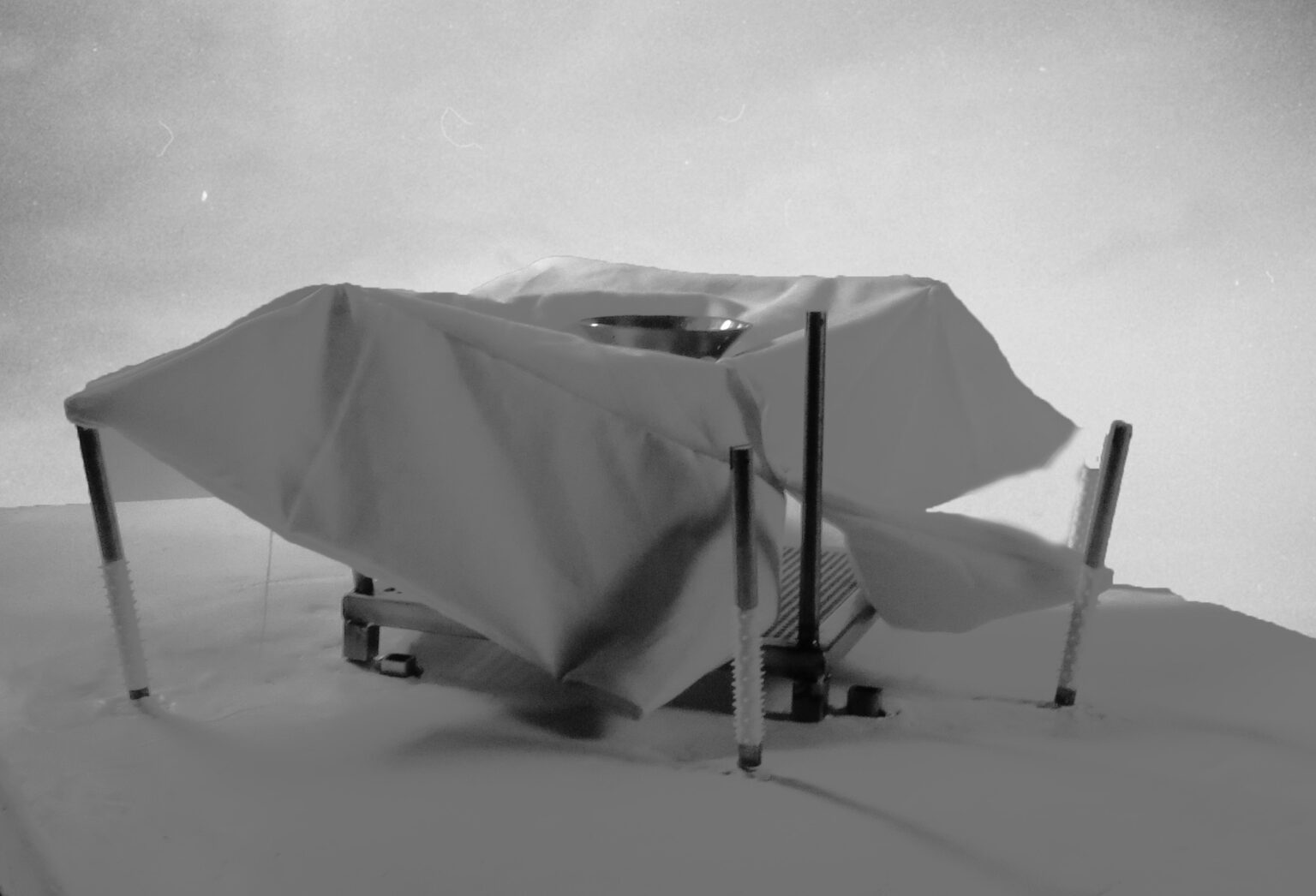MSA Stage 3 School of Architecture
India Walton

The two projects this year have been built upon wider interests in site memories, material re-use, textiles, and impermanence. Textiles have specifically been a focus of this year, with my projects centralising the wool industry and sheep, working with their historic contexts. The site in my work acts as a springboard for design, assessing what is appropriate to build upon with regard to history and future use. I produce the outcome mainly through hand drawing to engage tactily with the materials and texture found on site.

What to do with Wool?
A flexible and tactile proposal for a mixed-use facility. Weaving, visiting and inhabiting. This facility sits within the urban context of Fort William, and so acts to respond to the fleeting nature of a town reliant on a tourist population. The building provides 3 floors of both public spaces and workshops. While the top two floors provide both temporary and permanent accommodation. Working on an existing site of the town’s library, this proposal reacts to the initial footprint and forms, and grows from it. The steel structural frame acts as the footprint for the central void and sits atop it. While the exhibition space is located where the current mural is, it exhibits both internally and externally.
This facility aims to engage with the tourist population, the local community and the wider industry of textiles and art, to encourage the growth of this industry. Scottish wool is obsolete, with it costing my to produce wool than farmers can sell it. So while Scotland has a rich heritage surrounding wool, it is now unviable as a localised product, with the work done here acting to reverse this.
Tourist engagement is fostered through the exhibition space and demonstration spaces located on the ground floor. The site is located a short walk through an underpass from the train station or at the end of the high street. It continues the veranda of the high street internally, creating a direct route through the building for a wander. The local community engages with the semi-public spaces: meeting rooms, classes etc. Industry engagement comes through the programme of the workshop, a natural dyeing facility, and a weaving and knitting workshop. With a focus on re-vitalising wool through experimental means.
What are we if not sheep?
From human exceptionalism to complex interspecies relations, this proposal imagines a shared pavilion for sheep and humans. The changing landscape of Loch Arkaig acts as an alien backdrop, eerily quiet and barren. Ancient pine forests on site have spurred a regeneration of the Scottish native, and the felling of the anthesis. Sheep are the enemy of such efforts, with soil erosion from overgrazing by modern mass farming prevalent. Despite Loch Arkaig’s history of sheep farming, archaeological remains of sheilings strung uphill, sheep are now isolated from the landscape.
These pavilions sit within a revitalised system of low-density transhumance: highland pastures in summer, lowland pastures in winter, recalling a historic ritual. The shared use of the pavilions provokes the question: What is our relationship with sheep through time? Undesirable in regeneration, their wool is economically obsolete, and co-dependency is no longer required.
So, where does this leave sheep? Through a post-human lens, how might we evolve past the present: mutually, exclusively? The spiked posts are not for us, but the sheep, a shock to the system. Our needs in this design are no more dominant than theirs. As the landscape evolves, new paths emerge through sensitive interdependent relationships between all species.


























